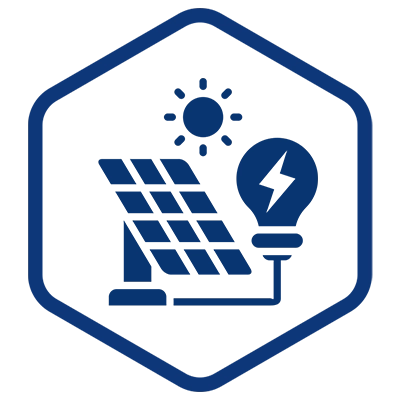As the landscape of programming languages continues to evolve, Clara has emerged as a powerful tool, particularly in the realm of declarative programming. Designed to simplify complex logic handling and data manipulation, Clara offers developers a robust framework for building sophisticated applications. In this article, we’ll dive deep into what makes Clara unique, explore its core features, and provide practical examples to help you get started.
What is Clara?
Clara is a declarative programming language that focuses on rules and pattern matching. It is particularly useful for applications that require complex decision-making and logic handling, such as business rule management systems, complex event processing, and expert systems.
Key Features of Clara
- Declarative Syntax: Clara allows you to express logic in a high-level, human-readable format.
- Pattern Matching: Powerful pattern matching capabilities enable efficient data querying and transformation.
- Rule-Based System: Clara operates on a rule-based paradigm, making it easy to define and manage business rules.
- Extensibility: It integrates seamlessly with other languages and systems, providing flexibility in application development.
Getting Started with Clara
Installation
To start using Clara, you need to install it. Assuming you have a compatible environment, you can install Clara using a package manager. Here’s how to install it via npm:
shCopy codenpm install clara
Basic Syntax and Structure
Clara’s syntax is designed to be intuitive and straightforward. Here’s a simple example of a Clara rule:
claraCopy code(defrule simple-rule
"A simple rule to demonstrate Clara syntax"
[Temperature (> ?t 30)]
=>
(println "It's hot! Temperature is over 30 degrees."))
In this example, simple-rule triggers a message if the temperature exceeds 30 degrees.
Advanced Example: Shopping Cart Discounts
Let’s build a more complex example: a rule-based system to apply discounts in a shopping cart.
Define Facts
First, we define the facts that our rules will operate on. Facts in Clara are data objects that represent the state of our system.
claraCopy code(defrecord Product [id name category price])
(defrecord CartItem [product quantity])
(defrecord Discount [description amount])
Create Rules
Next, we define rules to apply discounts based on the products in the cart.
claraCopy code(defrule discount-on-electronics
"Apply a 10% discount on all electronics if the total quantity exceeds 5"
[CartItem (= ?category "electronics") (> ?quantity 5)]
=>
(insert! (->Discount "10% off on electronics" (* 0.10 (reduce + (map :price ?products))))))
(defrule bulk-discount
"Apply a 5% discount if the total cart value exceeds $500"
[CartItem (= ?total (reduce + (map :price ?products)) (> ?total 500))]
=>
(insert! (->Discount "5% off on total cart value" (* 0.05 ?total))))
Evaluate Rules
Finally, we create a session, insert facts, and evaluate the rules.
claraCopy code(let [session (-> (mk-session 'clara-rules)
(insert (->Product 1 "Laptop" "electronics" 1000))
(insert (->CartItem (->Product 1 "Laptop" "electronics" 1000) 6))
(insert (->Product 2 "Book" "books" 30))
(insert (->CartItem (->Product 2 "Book" "books" 30) 2))
fire-rules)]
(println (query session discount)))
In this example, we create a session, insert facts about products and cart items, and then evaluate the rules to apply discounts.
Conclusion
Clara’s declarative nature and powerful rule-based system make it an excellent choice for applications requiring complex logic and decision-making. Whether you’re building a business rule management system, a recommendation engine, or an expert system, Clara provides the tools you need to develop sophisticated and maintainable solutions.
With its clear syntax, extensibility, and robust pattern matching capabilities, Clara stands out as a modern solution for declarative programming. By incorporating Clara into your projects, you can streamline your development process and focus on delivering high-quality, reliable software.
We hope this guide has given you a solid understanding of Clara and inspired you to explore its potential in your own projects. Happy coding!







